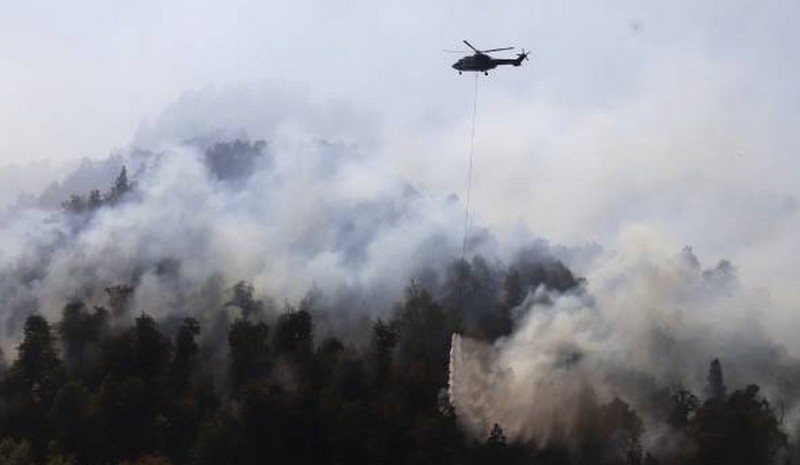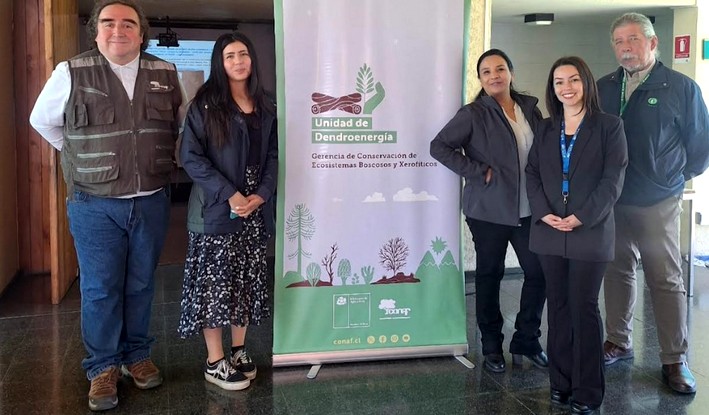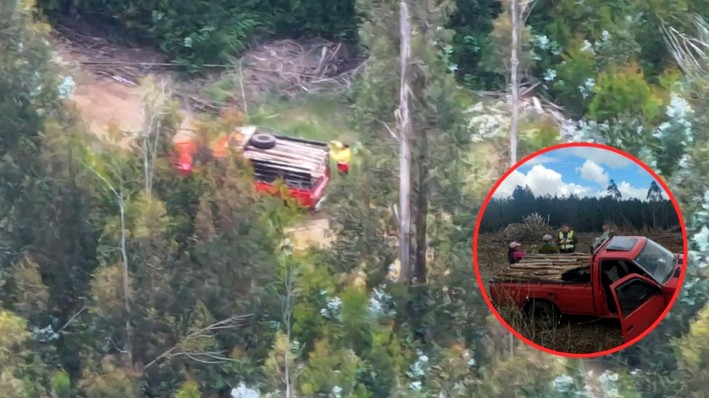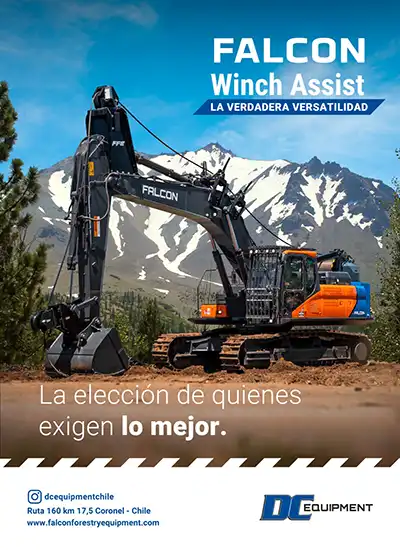Plan Confirmed to Analyze Reforestation After Fires in the Foothills
Following the devastating San Patricio fire, which destroyed 1,954 hectares of native forest in the foothills of Ñuble during February and March of this year, the Regional Ministerial Secretariat (Seremi) of the Environment, in coordination with Conaf and higher education institutions, began an evaluation process to determine the restoration actions to be carried out in the affected areas.
The entity made it clear that, before any intervention, it is essential to analyze the current state of the soils and the actual degree of damage caused by the fire.
It was reported that not all areas show the same level of impact. For example, in some sectors, the damage was superficial, and natural regeneration is expected, while in others, active restoration will be necessary.
To this end, work will be carried out with three graduate students from the University of Concepción (UdeC), who will conduct field data collection.
The first survey will take place on May 6, where drones and specialized technology will be used to monitor the state of vegetation and soils. Additionally, data provided by landowners with pre-fire information will be integrated.
The regional environmental authority, Mario Rivas, explained that before anything else, "the condition of the soil must be analyzed."
"We are coordinating work with three graduate students so they can conduct data collection. Identifying the most affected sites and, based on that, making decisions regarding restoration," Rivas stated.
The official added that the process includes waiting for the rainy season to assess the natural regeneration capacity of the ecosystems, after which specific measures will be defined.
"The rainy season is coming, which allows for new growth in our ecosystem, so an analysis must also be done after the rains. Based on that, we’ll see if regeneration occurs naturally, and in areas where it doesn’t, reforestation efforts will need to be evaluated with Conaf," he added.
Other alternatives being considered include biomass removal and erosion control on affected slopes, but "always based on scientific knowledge and with highly experienced researchers," he emphasized.
Initially, the study only covers the area affected by the San Patricio fire, though the same approach may be applied to the Atacalco fire, which also impacted around 108 hectares near the Ñuble Reserve.
Lessons Learned
The environmental authority stressed that this work aims to avoid past mistakes, when poorly planned reforestation efforts in other areas of Ñuble showed low success rates.
This time, a technical and coordinated approach with local communities, researchers, and Conaf will be prioritized.
"A lot of money was invested in the past to plant trees, often quite small in size. And when you look at how many of those projects succeeded, we can conclude that the success rate was low," Rivas commented.
Source:La Discusión

















